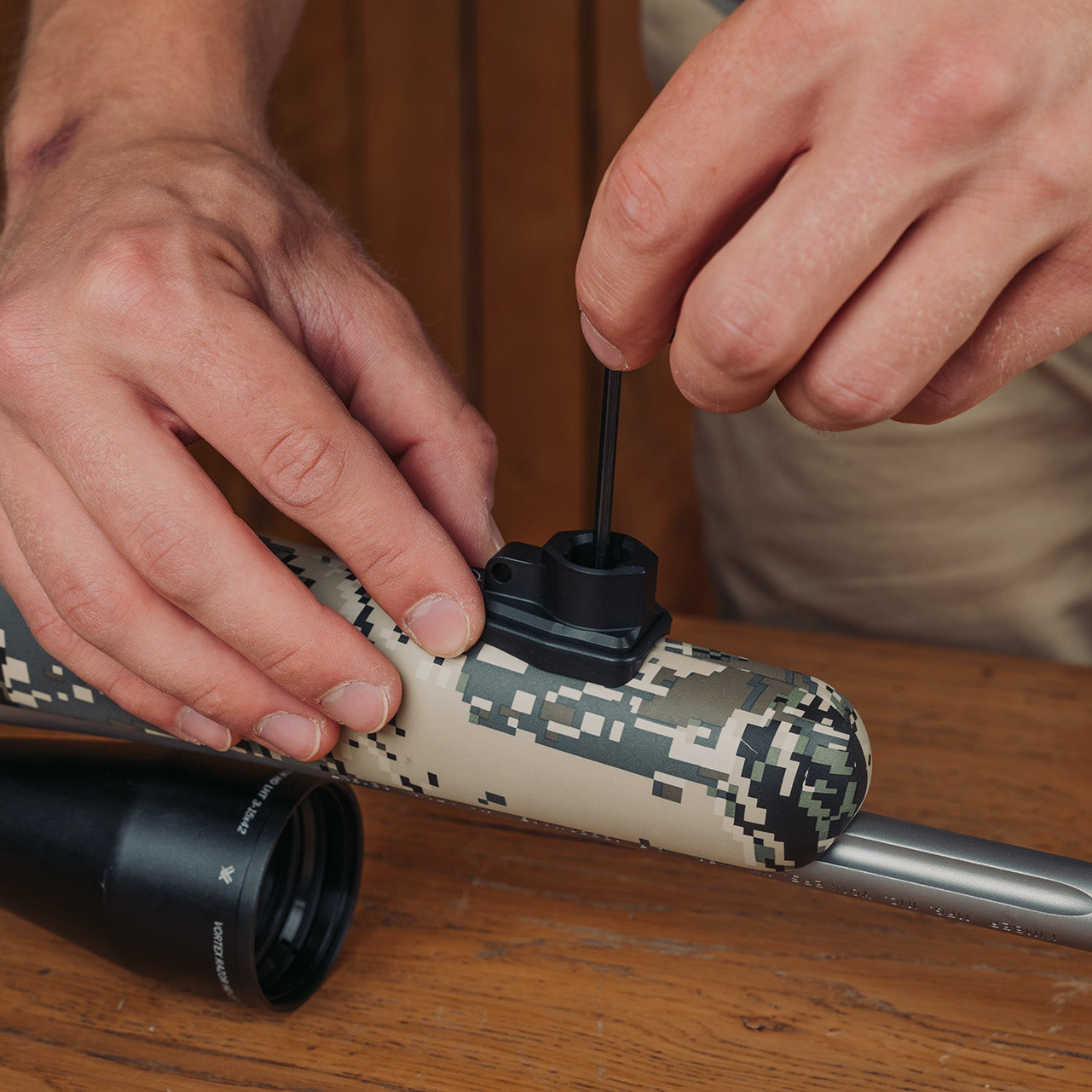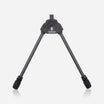As a hunting guide and bowhunter, I’m keenly aware that hunters show up ready to enjoy an exciting hunt, yet have a limited amount of vacation to dedicate to it. Successful bowhunting is as much an art as it is a sport. Selecting the right equipment to increase the efficiency of a hunt can be key to balance the ever-dwindling sands of time in your favor. Let’s explore the controversial topic about whether tripods are worth the weight for bowhunters.
Time- defined as the indefinite continued progress of existence and the one thing we’re unable to generate more of. More time with family and friends, more hours afield pursuing game and adventures, or simply more opportunities to take in the small pleasures of life. This makes every day in the field exceptionally valuable as we pursue what for most will be a once-in-a-lifetime opportunity at an animal we’ve dreamed of and saved for. A strategy many guides use to help hunters make the most of a trip is to identify time traps. This could be packing unnecessary gadgets that slow us down, unfamiliar technology, or burning an afternoon on a wrong or sub-legal animal.
Bowhunters are particularly susceptible to a multitude of these traps. Stalks can stretch into multi-hour endeavors, and on too many occasions I’ve seen eager hunters get busted by fickle winds, only to see their investment of effort conclude without a shot opportunity. Whether on a guided or DIY adventure, the correct gear in a hunter’s pack can’t lengthen the days, but it can help better utilize the hours and opportunities you do have. For the sake of the constrained space we have in this article, let’s get hyperfocused on how one piece of gear usually associated with rifle hunting can help archers get more out of each day afield.

The author utilizes the Ascent tripod as a rock-solid rest for digiscoping and field judging on a spring bear hunt.
An oft-overlooked piece of gear for bowhunters is an ultralight tripod. This tool frequently gets left out by archers to shave a couple pounds from their pack, yet can leave a person at a significant disadvantage. If you haven’t thought about carrying one, read on for some ideas to justify that bit of extra weight.
Imagine embarking on a dream hunt for a mountain game species like goat or bear; you’re a competent archer and the hunt is halfway complete. The days of running ridges, gaining and losing thousands of feet in elevation have taken a toll on your legs. Despite your best efforts, the quarry remains elusive and hard to find. With three short days to go, you catch a glimpse of game animals several miles deeper into the country you’ve been hunting. They’re on their feet feeding towards a dark timber pocket. As you fight to get steady, your binoculars reveal few details about the pair. One is smaller in body than the other, but the distance is too great to see specific characteristics due to the mirage from rising thermals. Are they a billy and nanny, or a nanny and kid? Boar and sow, or sow and cub? If you don’t have a support system to steady your binoculars or spotting scope, you’ll have to commit the day to getting closer and hope they reemerge in the evening for a more accurate field judging session. With a tripod in your pack, the questions can be answered quickly and accurately, thus saving physical effort and precious time.

A look at a mature ram’s annuli. These rings can be counted through a spotting scope and tripod setup from afar.
Spartan’s Ascent tripod has ridden many miles on my back guiding sheep hunters in Alaska’s Chugach mountains and hunting my home state of Montana. I’ve utilized it with quality glass to count annuli on Dall sheep on distant ridges, as well as sort through goats and bears miles away while they go about their business. This system allows the glass to do the walking, in addition to causing minimal human scent broadcasting and game disruption. Even though sprawling mountain basins and vast swaths of timbered wilderness make it seem like we’re alone, you’d be surprised how fast human disturbance blows out an area.

A breeding pair of bears continue their courtship over a ridge and out of sight.
Years of guiding have made me brutally pragmatic about which items make the cut to go in my pack. I strive to find equipment that performs more than one task, like Jake French wrote in his blog about versatile gear. Adaptable equipment is a necessity when space is limited, and the Ascent more than earns it’s keep. Intentionally simple design means all the Spartan products use the same adapter, so you can instantly swap between using the tripod with a rifle, spotting scope, binoculars, or camera. The carbon construction keeps overall weight comparable to other similarly sized ones at approximately three pounds, yet incorporates more functions.
Each leg can unscrew and double as a trekking pole to stabilize tired backs and knees on the slog back to the trailhead. A set of standard poles weighs between one and two pounds, so eliminating them and using the Ascent legs instead makes for a very nominal weight penalty. For those that don’t have the need for hiking sticks but want to save on weight, a neat trick is to screw the Ascent body onto Spartan’s bipod extender Pro Legs. This will add a couple of inches to the collapsed height, but save nearly a pound.

The author’s wife lets her glass do the walking on a spring bear archery hunt.
For the bowhunter who is trying to plan every detail in their favor, a tripod can give you an advantage by saving energy on needless hikes and optimizing your limited time for the right stalk. Multiply the value of this underutilized piece of gear by using it as a rock-solid glassing platform, trekking poles, or to set up a shelter during a midday rain shower. This multifunctional tripod is worth the weight, while increasing the chance of your epic backcountry hunt being worth the wait.
Jordan Voigt @jordan.voigt





















